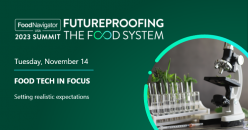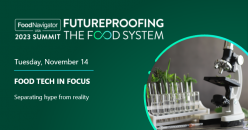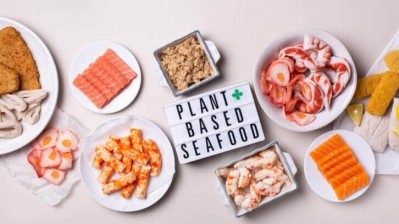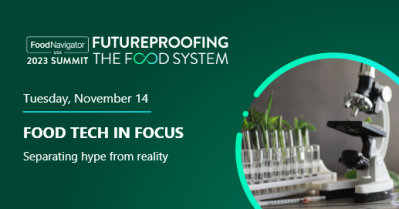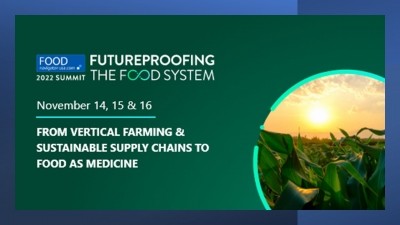Do consumers have a stomach for food tech?

During the upcoming “What is the consumer appetite for food tech?” session at the FoodNavigator-USA’s free-to-attend Futureproofing the Food System virtual event Nov. 14, a panel of experts will share their perspectives on food tech, consumer willingness to engage with it, and its role in securing a sustainable food system (register today). To discuss the topic, FoodNavigator-USA Senior Correspondent Ryan Daily will be joined by:
- Laurie Demeritt, Owner and CEO of Hartman Group
- Michael Seldon, CEO of Finless Foods
- Daniel Russek, CEO of Atarraya
- Haven Baker, CBO and co-founder of Pairwise
To learn more about this session and others, visit the FoodNavigator-USA Futureproofing the Food System event page and register today.
Do consumers know what food tech is, what it does?
Whether it's genetically modified organisms (GMOs) or cell-cultured protein, the food and beverage industry is finding new ways to make foods and beverages with the help of food tech. Food tech's growth also comes at a time when many consumers have a greater distrust of the food and beverage industry, creating potential obstacles to food tech's more widespread adoption.
The alternative meat space, which has heavily relied on food tech, has seen steep sales drops, and rising consumers concerns around taste and products being "lab-grown." In a Purdue University survey of 1,200 adults, 71% said beef from cattle is better tasting than meat alternatives, and 57% said animal-based beef is fresher than its counterpart.
However, meat alternatives are just one aspect of the broader food tech, and consumers hold a wide range of opinions when it comes to specific types of technologies, Demeritt told FoodNavigator-USA. Demeritt sees a shift among consumers, especially younger ones, who are more willing to accept food tech as a tool to address their demands.
"Consumers after so many years of wanting fresh, real, less processed foods now are open to something which on the face of it might seem a bit in juxtaposition with that desire, and yet that's now how consumers think about it. They really see just this array of options and some of these new options are solving for needs that the current food systems doesn't."
Can food tech create a more sustainable seafood industry?
Top of that list of concerns is using food technology to create a more sustainable food system and seafood industry, which Russek and Seldon will discuss during the panel.
With the help of food tech, companies like Finless Foods and Atarraya can deliver on the promise of fresh seafood by moving the manufacturing and processing closer to the end consumers, Seldon said.
“In the US, over 90% of our seafood is imported. Even the stuff that we actually catch ourselves, we ship it to Southeast Asia for processing and get it shipped back because of the differential of labor pricing, which means that none of it's really fresh.”
Similarly, Russek sees the potential for food tech to deliver a more sustainable seafood that can meet the consumer needs, whether that be freshness, cleaner products, or products that provide a smaller environmental impact.
“Our technology enables us to grow shrimp wherever [there are] people that want it, complying with the [strictest] regulations in the world without using chemicals and a cost that is competitive with wild-caught shrimp. So, we are not changing the product. We are improving the product, and we are changing the way in order to meet the preferences of the new consumer.”
To learn more about how the food and beverage industry is working to tell a better story on food tech, tune into the "What is the consumer appetite for food tech?” session on Nov. 14, for more insight. Visit the FoodNavigator-USA Futureproofing the Food System virtual summit website for more details about the event and register today.
